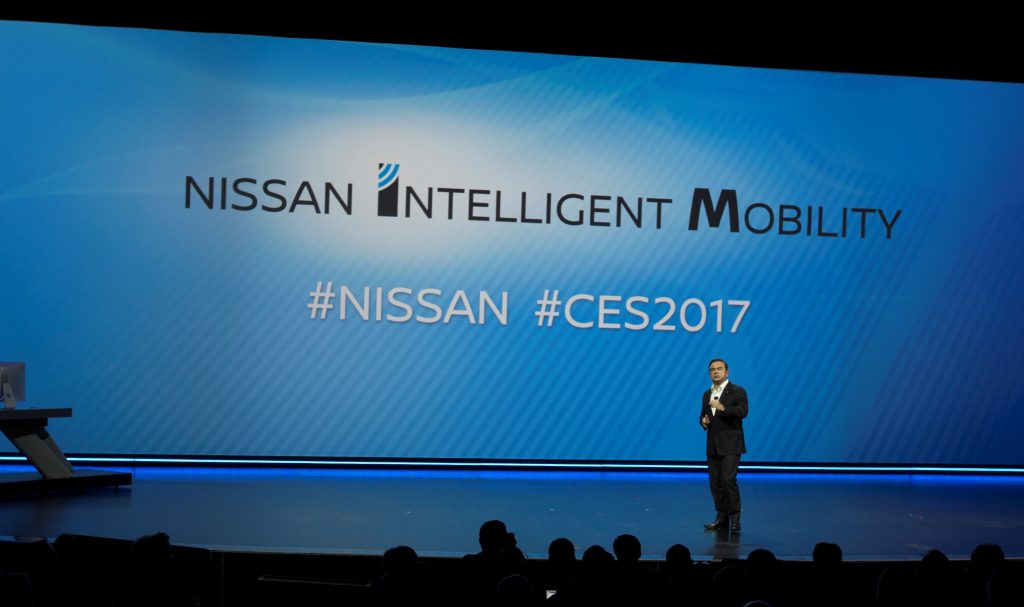LEADING a Renault-Nissan Alliance engagement, Nissan and Japanese internet company DeNA will begin tests aimed at developing driverless vehicles for commercial services.
The first phase of testing will begin this year in designated zones in Japan, with a focus on technology development. By 2020, Nissan and DeNA plan to expand the scope of their tests to include the commercial usage of driverless technology for mobility services in the Tokyo metropolitan area.
The Alliance will leverage its car building expertise and advanced autonomous drive knowledge to build and provide the prototype vehicles, which will also be electric. DeNA will, in turn, provide its expertise in creating online and mobile user experiences to build and lead the information technology systems to provide a mobility service platform.
This is the first time the Alliance has announced a development plan of autonomous vehicles, including driverless technology. Now, the Alliance has tests targeted at all levels of autonomous drive in the United States, Europe, China and Japan.
Nissan’s strategy to make driverless vehicles a reality is based on four stages. Stage one is autonomous drive for single-lanes on the highway. This level of autonomous drive technology was introduced last August through the ProPILOT system on the Nissan Serena family minivan in Japan. When activated, it helps to keep the car centered by reading lane markers, measuring the distance between your car and the vehicle in front of you, and providing steering assistance. Sixty percent of customers who have purchased this model, which is one of the leaders in the segment, have already chosen this option in Japan. Nissan will be bringing this technology to other models, including the Qashqai in Europe in FY2017.
Stage two is autonomous drive on multilane highways. This functionality will allow the vehicle to merge and change lanes autonomously and it is expected to be available in 2018. Stage three is autonomous city driving, which Nissan expects to be available in 2020. The fourth and final stage is fully autonomous and driverless vehicles a reality.




